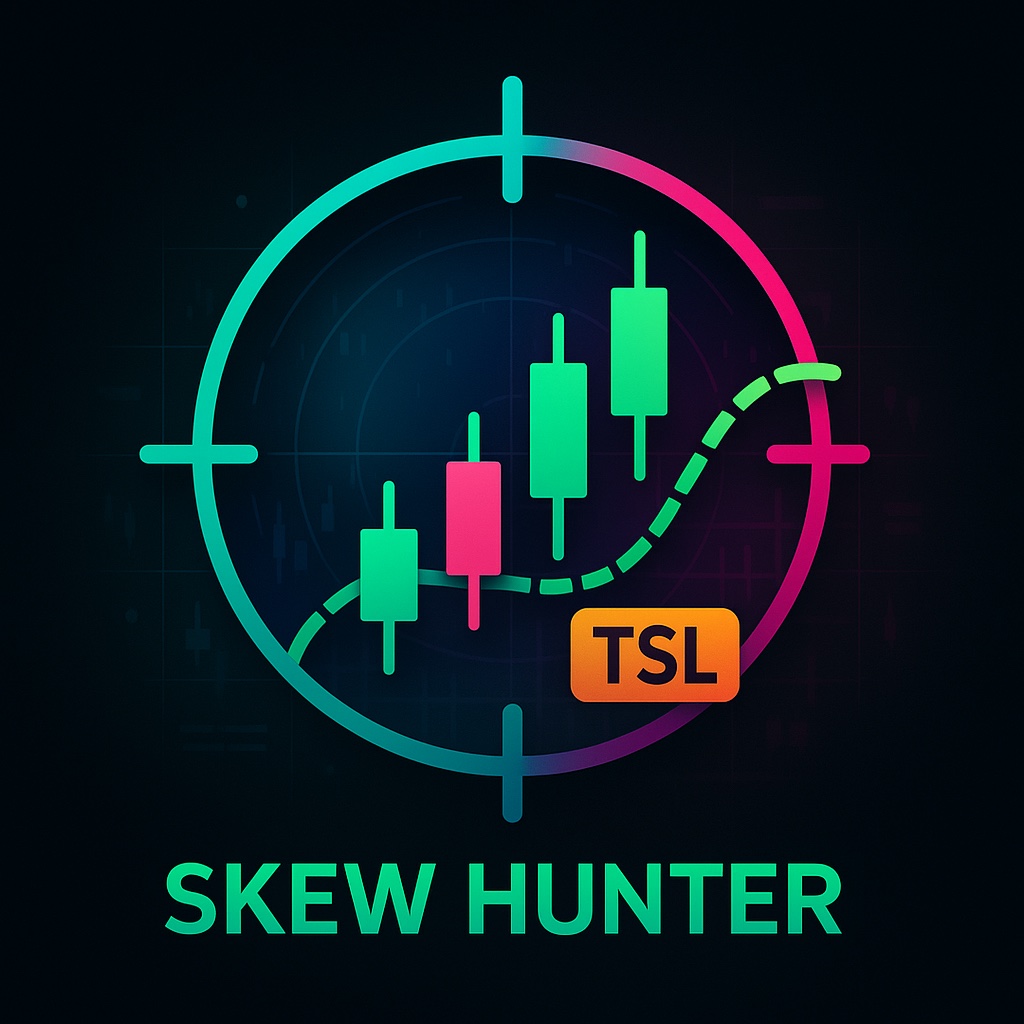Backtesting: Backtesting results are based on past data. Historical data does not guarantee future results.
Performance Snapshot
Click on the Date to show to see how the algo performed that day
December 2025
Trading Signals
No Signals Found
No trading signals were generated on this date
Try selecting a different date from the calendar
Similar Algo Strategies

Fixed RR 1:3 (30% SL)
An extremely high-risk naked-options algo that trades volatility-skew “energy,” going long calls or puts only when stress-imbalances and both alpha signals align—using a strict 30% SL, 90% target, and tightly filtered intraday entries.

Zen Credit Spread Overnight
An options trading algo that uses volatility and volume-based mean-reversion signals to create credit spreads. It sells ATM options and hedges with OTM/ITM strikes, operating between 10:15 AM–2:15 PM with strict risk management.

Industry Champs Automated
A stock-picking algo that targets industry monopolies—leaders with durable moats, strong goodwill, and high liquidity—regularly rebalancing to keep only the most dominant, future-proof market winners in the portfolio.

Value Picker Automated
A value-investing stock-picking algo that selects high-quality companies trading below intrinsic value—screening for strong P/E, cash flows, and management, then periodically rebalancing to preserve margin of safety.


































